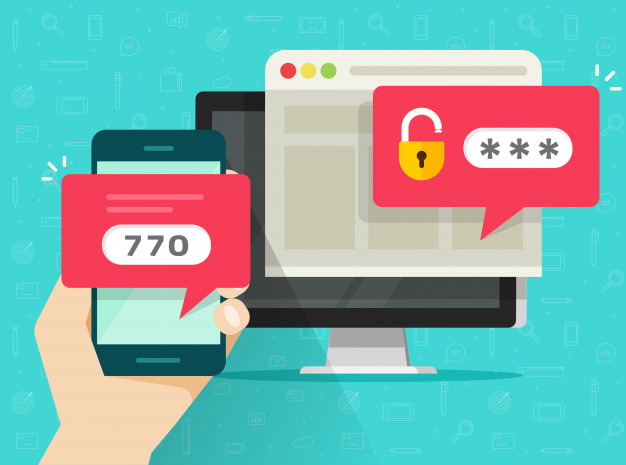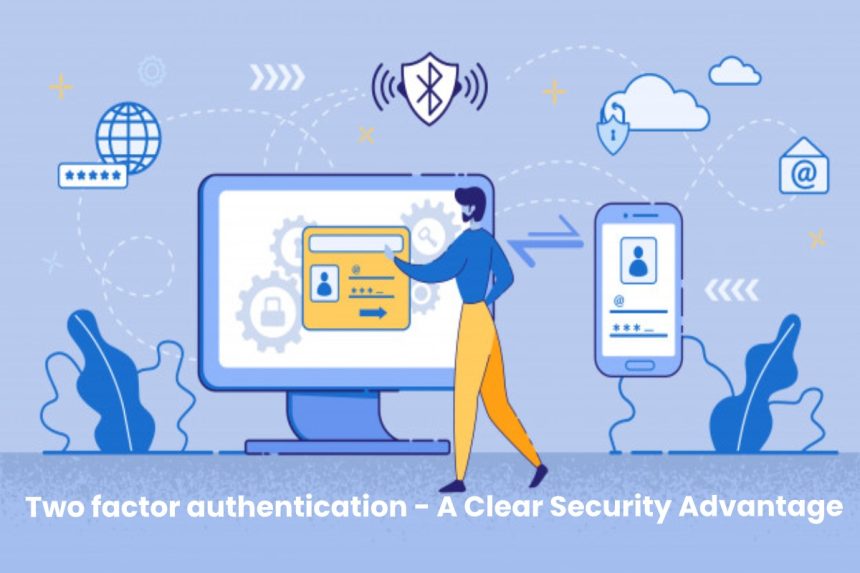Two-factor authentication: The never-ending story of security gaps and hacks over the past few years shows that it is high time to question the security of our online presence. The normal way to secure your digital accounts is through passwords. The problem is, most have dozens, if not hundreds, of accounts that they need to obtain. How do you go about it? And do you have a unique password for every service you use?
Many people would probably answer “no” now. At least that wouldn’t be surprising, because far too often people tend to keep their passwords simple so they can be easily remembered.
Nothing underlines this more than the fact that “123456” was classified as the most frequently used password in 2018. Even if we stick to the established method of forming strong passwords using uppercase and lowercase letters, numbers, special characters, etc. We will end up still recycling our passwords or using slight variations of them. However, passwords have their limits. They are just a single barrier between your account and a hacker.
What is Two-Factor Authentication?
Two-factor authentication, also known as multifactor authentication (MFA), is an easy way to add an extra layer of security to your accounts. What do we mean by two factors? To understand this, you need to know the three classic authentication factors. That is often paraphrased as: “Something you know, something you have and something you are.”
You can know things like passwords, PINs, and lock screen patterns. They can have things like physical keys (made of brass or with RFID), electronic tokens, and SMS codes. And they include biometric data like fingerprints, their retina, and their face.

As you have probably guessed, a 2FA system requires authentication from two different factors. This could be a PIN code (something you know) and a fingerprint scan (something you are) or a retina scan (something you are) followed by entering a code from a security token (something that you have). Since passwords are traditionally used for online services, they are usually one of the factors that are still required for such services in 2FA systems. Hence, a 2FA system that requires a password and possession of another factor makes it difficult for hackers to access your account because they are missing one of the pieces of the puzzle.
Variety of 2FA Systems
There are a variety of 2FA systems. Most of them have in common that they generate a unique code on an authentication device, or this is sent to it. Entering it with your password will give you access to your account. One of the most common 2FA methods used by many online services is a text message with an authentication code that is sent to your phone. It’s not the best or safest method, but it’s still better than not having one at all.
Then there are authentication apps that you can use that can be paired with your accounts. These apps continuously generate authentication codes that are only valid for a limited period of time. For example, each code is only valid for one minute. For example, Google has been experimenting with a new form of 2FA that eliminates the need to enter keys manually and turns your phone into a security key itself.
Alternatively, some companies offer their own hardware solutions that you can use for 2FA purposes. The choices are diverse; Just choose the one that best suits your needs.
Most popular websites offer two-factor authentication options, but few require 2FA to sign in by default. In general, you have to find and activate a website’s 2FA options first. You can usually find this in the settings or privacy sections of the website. The sites walk you through setting up a 2FA method, and sometimes there is more than one method.
In case you’re wondering whether 2FA is completely safe, it has rarely been bypassed. In most cases, it provides a great additional security layer against various attacks that aim to steal your credentials.
READ MORE:- livehealthyli
In addition, you can read more helpful posts at techstacy

